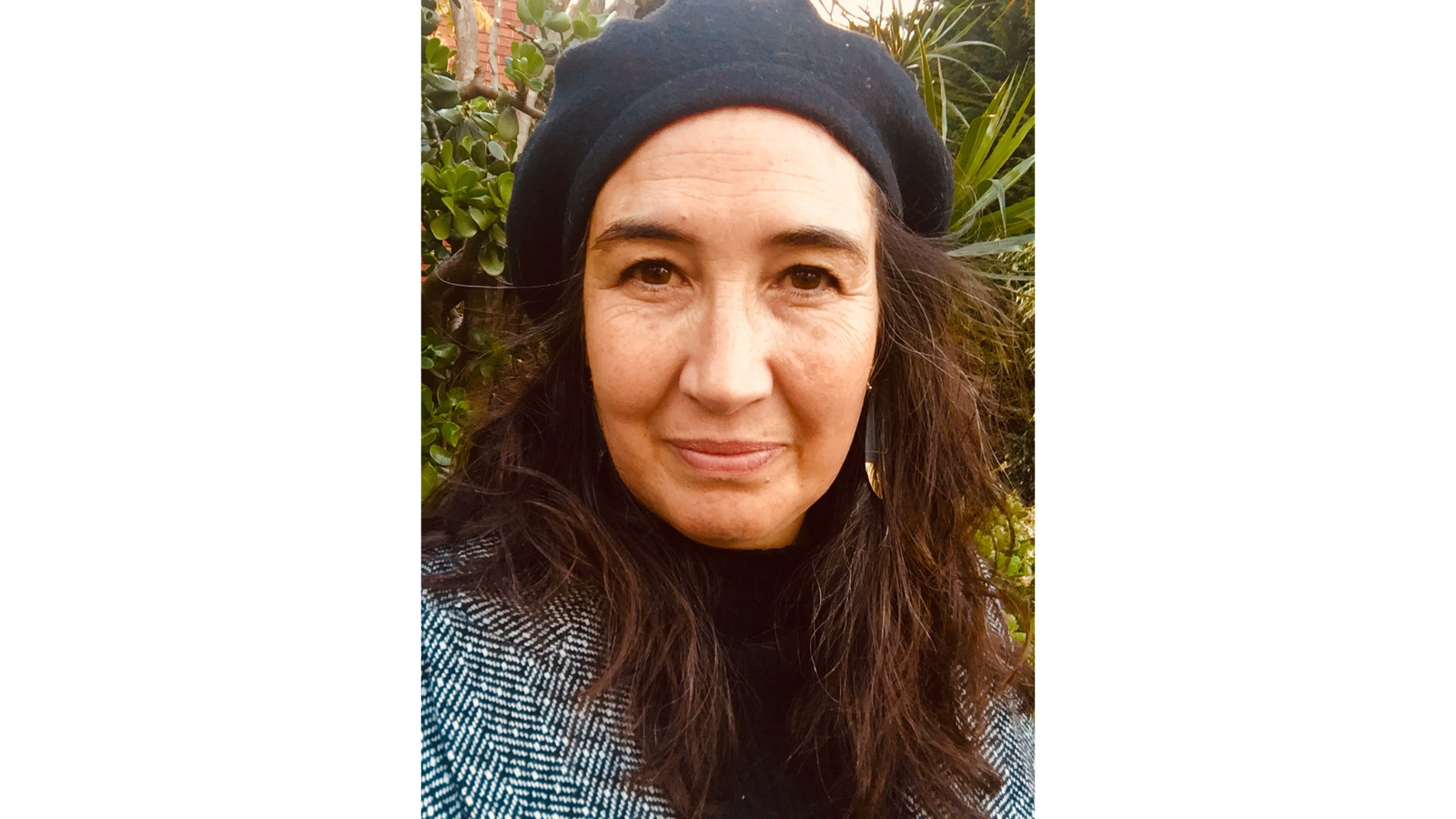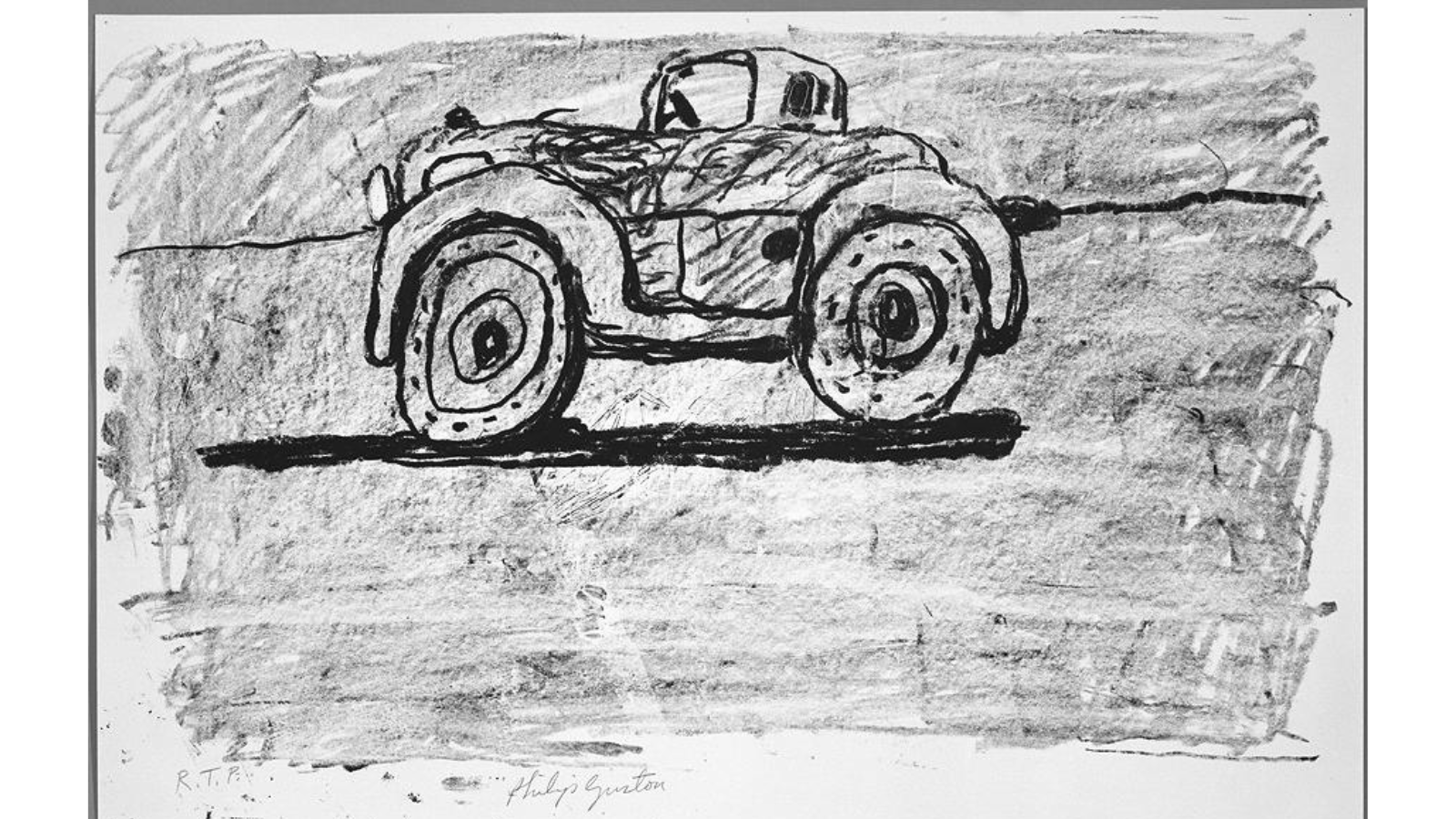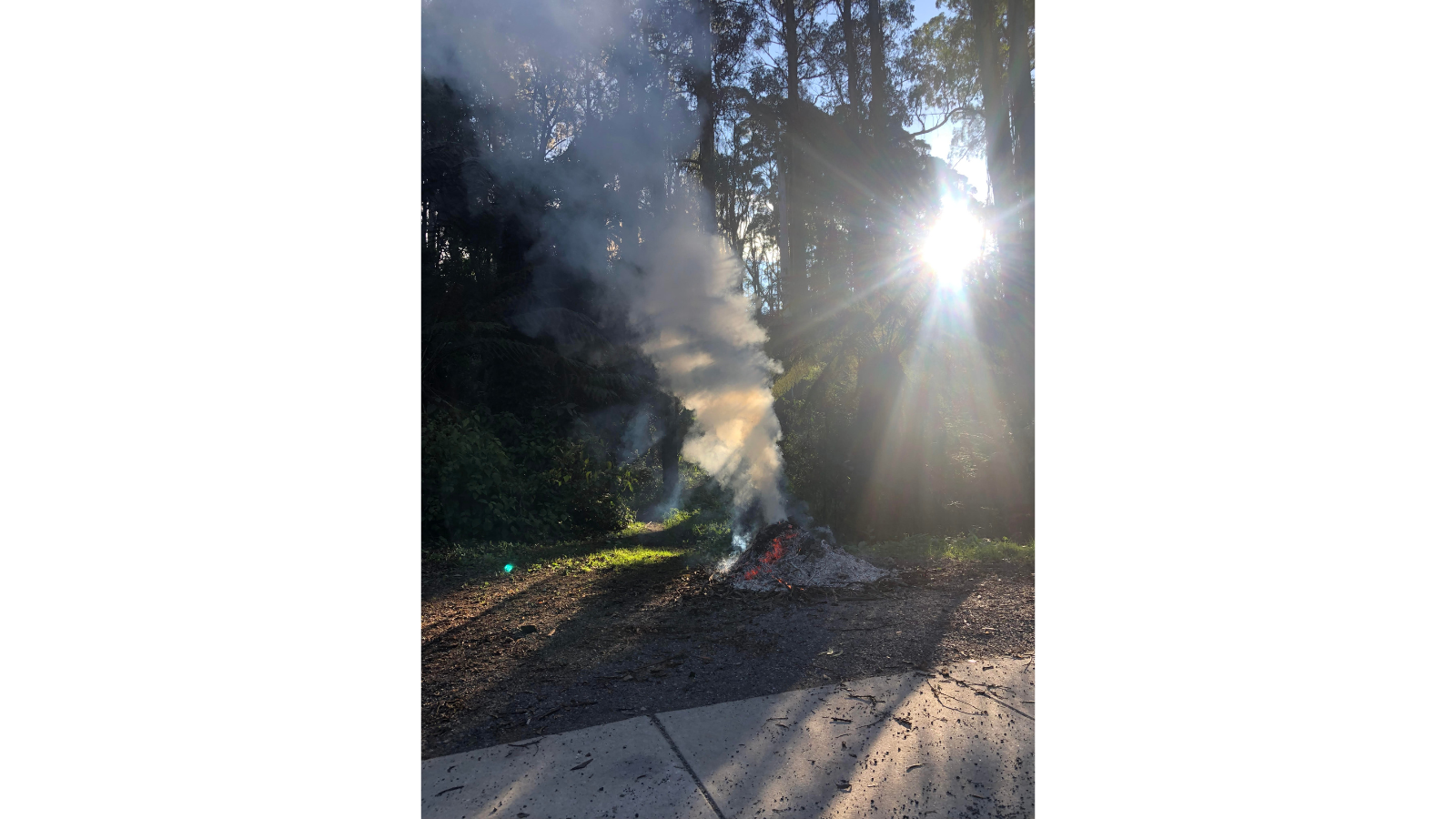Golden Years: older queer characters on screen
Nathan Smith explores the increasing visibility of older queer people in TV and film.

Is there such a thing as a queer person over the age of 45? You wouldn’t know it to look at LGBTQIA characters on our TV and film screens. Well, not until very recently. Strides in popular culture over the last two decades or so have meant we’re seeing more LGBTQIA people on screen than ever – and we’re beginning to see a more diverse representation of the queer community, too. But so often still these representations portray young individuals, neglecting the experiences and identities of queer elders. Ageism in film and television is an insidious presence, one that sees the presence of older characters so often pushed to the margins or relegated to negative stereotypes.

In the past few years, however, there has been a slow and sure wave of films and television shows bucking this trend. They try to alert us to the ways older queer people are understood in society, and encourage recognition of the battles many face from two forms of prejudice. They try to dismantle the ageism that plagues not only mainstream film and television, but also the LGBTQIA community itself. By privileging the experiences of older queer folk, these humanising stories show the many diverse experiences queerness and age can provide.
One of the most talked about shows in the past year has been Caitlyn Jenner’s television series, I Am Cait. Formerly Bruce Jenner, stepfather to Kim Kardashian and a regular on Keeping up with the Kardashians, Jenner famously announced her gender transition in a series of highly publicised events – beginning with a television interview with Diane Sawyer and later through a cover photo for Vanity Fair magazine. The highly public terms of her transition were partly necessitated by her celebrity profile. For some it was unsurprising, then, that I Am Cait – produced by the same team as Kardashians – adopted the same intimate reality-TV template as the previous show.
What made I Am Cait so revolutionary as a queer show was its sheer publicness. Never before had a celebrity of Jenner’s stature announced a public gender transition, alerting an enormous audience to the struggles of transgender identity and elevating the subject to a far more public platform. The show allowed audiences intimate and unguarded access to Jenner’s transition, all the while attempting to demystify the many negative stereotypes and misguided assumptions about trans identity.
The show ultimately provided Jenner, at the age of 66, with the platform to dictate the terms of her representation.
Moreover, by adopting many of the same conventions of the Kardashians – following the day-to-day experiences of the star, interviewing family members, developing broader narrative arcs – I Am Cait was able to present the issues in an accessible way. The show ultimately provided Jenner, at the age of 66, with the platform to dictate the terms of her representation.
The 2011 feature film Cloudburst – about an older lesbian couple from America – deals with different aspects of older, queer experience. In the film, the couple are forced to drive to Canada to marry after one is forced into a nursing home by a meddling granddaughter. Cloudburst wholly embraces the plot and rebellious attitude of the film Thelma & Louise, using this familiar and fabled narrative to show the struggles of the protagonists when faced with not only ageism, but also rampant homophobia. Importantly, the couple, Dotty (Brenda Fricker) and Stella (Olympia Dukakis), never actually marry. The film insists on stressing the longstanding romantic, sexual and emotional bond between the pair, and really only makes the same-sex union an incidental part of the film – a germane point since marriage equality can often be portrayed as the ‘end goal’, or end narrative, to many queer relationships.

Grace & Frankie, the hit Netflix series starring Jane Fonda and Lily Tomlin, actively embraces comedy and irony to deliver a much-needed representation of older queer (and non-queer) bonds. The premise of the show has rivals Fonda and Tomlin forced into a friendship after their respective husbands (played by Martin Sheen and Sam Waterston) announce they are leaving the women to marry each other. What sets Grace & Frankie apart from other shows is that it makes same-sex marriage central in the context of the show’s many relationships. Grace & Frankie breaks stereotypes by dispelling the longstanding assumption that coming out later in life (or getting married) is any less meaningful than doing so earlier, reminding us of the meaningful bond the two men continue to share.

Thanks to this groundswell of representations of older queer characters – one that extends further to the likes of the TV show Transparent; the 2014 film Love is Strange; and the recent documentary about older gay men, Before You Know it – older members of the LGBTQIA community are increasingly experiencing mainstream representation.
Given the appalling ageism that pervades Hollywood and the entertainment industry more broadly, these works show how older queer relationships are worthy of celebration and recognition in popular culture. They not only dismantle the negative stereotypes applied to older queer folk, but also point out the struggles many face when stacked against the double stigma of age and queerness. Empathetic, humanising portraits are sorely needed in a culture that so often neglects to tell the stories of our elders.
Related Posts

Read
Anne-Marie Te Whiu Receives The Next Chapter Alumni Poetry Fellowship
2 Apr 2024

Read
What's on in April: Resident Organisation Round Up
28 Mar 2024

Read
Blak & Bright First Nations Literary Festival returns in 2024
7 Mar 2024

Read
What's on in March: Resident Organisation Round Up
29 Feb 2024

Read
Hot Desk Extract: International
23 Feb 2024

Read
Hot Desk Extract: The Rooms
23 Feb 2024
Share this content